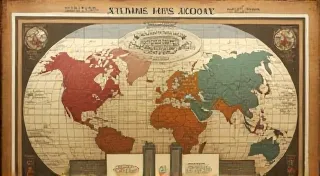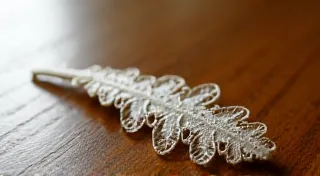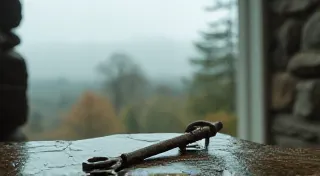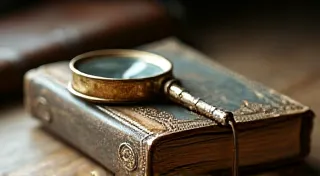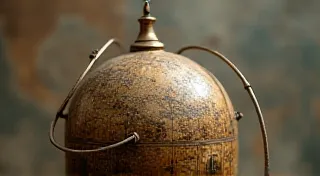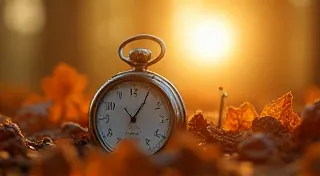Ephemeral Threads: Unraveling the Victorian Obsession with Mortality and Memory
The Victorians. We picture them in their starched collars and elaborate mourning rituals, a society seemingly consumed by propriety and rigid decorum. But beneath the layers of lace and formality lay a profound and often unsettling preoccupation: death. While our modern culture tends to shy away from open discussion of mortality, the Victorians embraced it, and nowhere is this more vividly expressed than in the exquisite and sometimes haunting art form known as hair art.
More than just a craft, Victorian hair art—comprising jewelry, framed portraits, woven keepsakes, and intricate mosaics—served as a powerful and personal form of memorialization. These were not merely decorative objects; they were tangible links to the departed, carefully crafted testimonies of love and remembrance.
A Society Grappling with Loss
To truly understand the rise of hair art, we must understand the historical context. The Victorian era (1837-1901) was marked by high infant mortality rates, recurring epidemics, and widespread industrial accidents. Death was a frequent and unavoidable visitor to homes, stripping families of loved ones with startling regularity. Photography was still in its infancy, rendering accurate visual records of the deceased rare and expensive. This created a palpable need for alternative ways to preserve memory and connection.
Furthermore, the burgeoning Spiritualist movement, popular throughout the era, fueled a belief in the possibility of communication with the departed. Hair, often considered a repository of a person's essence, became a particularly significant material for remembrance. It was believed to retain a connection to the soul, making it a fitting medium for expressing grief and longing. This belief influenced not only the materials used but also the potential for artistry; artists experimented with techniques to create increasingly lifelike representations, sometimes even attempting to capture a sense of the departed’s personality through the art.
My grandmother, Eleanor, possessed a small, intricately woven hair bracelet. She rarely spoke of its origins, but I remember the reverence with which she handled it. When I finally pressed her, she revealed that it belonged to her great-aunt, lost to typhoid fever as a young woman. Holding that bracelet, feeling the delicate strands of hair carefully woven together, I felt a profound connection to a woman I never knew—a testament to the enduring power of Victorian mourning practices. The artistic choices involved – the weaving technique, the selection of hair, the overall design – all spoke to a deep seated need to memorialize and connect.
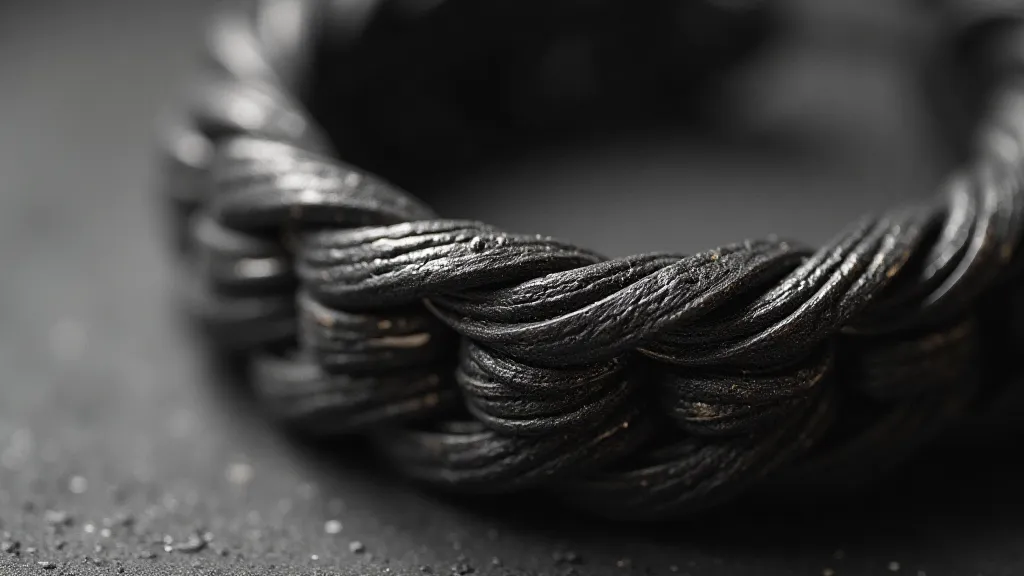
The Craftsmanship of Grief
Creating hair art was a time-consuming and skillful process. While anyone could gather hair clippings from loved ones, the artistry involved in transforming those clippings into lasting tributes required a level of expertise. The design choices alone could convey a great deal – a simple braid might signify quiet remembrance, while an elaborate portrait suggested a person of significance and distinction. The sheer dedication required highlights the value placed on remembrance during the Victorian era.
Various techniques were employed, including weaving, braiding, knotting, and even using a needle and thread to meticulously arrange the strands onto a backing. The choice of technique often reflected the personality of the deceased or the artist's desired aesthetic.
The hair itself was often carefully prepared: washed, dried, and sometimes dyed to create subtle variations in tone. Master artisans could manipulate the hair to create incredible depth and detail, mimicking painting techniques with astonishing realism. Different colors of hair could be blended to achieve shading and highlight, and other materials like jet beads, seed pearls, and even miniature watercolor paintings were often incorporated to enhance the artistry. These color choices weren't arbitrary; they frequently held symbolic meaning, and exploring these nuances can be fascinating. For those interested in delving deeper into the significance of color palettes within Victorian hair art, a look at Chromatic Echoes: Color Palettes in Victorian Hair Art – Meaning and Method offers a comprehensive analysis.
Consider the remarkable portraits rendered entirely from hair. These weren't simple silhouettes; they were full-fledged likenesses, capturing individual features and expressions with surprising accuracy. The level of skill required to achieve this is truly awe-inspiring. It speaks to a culture that valued remembrance and honored the deceased with exceptional care and devotion. The complexities in recreating such realistic portraits demonstrate the evolution of this art form, moving from simple keepsakes to sophisticated works of art.
The materials used were also steeped in symbolism. Black, the predominant color, represented mourning and sorrow. Jet, a deep black gemstone, was commonly used for frames and accents, further reinforcing the somber tone. Seed pearls, symbolizing purity and innocence, were often incorporated, particularly when the deceased was a child. These deliberate choices amplified the emotional impact of the art piece. The specific techniques employed also contributed to the overall effect; for example, a tightly woven braid might convey a sense of restraint, while a looser arrangement could suggest a more free-spirited personality.
Types of Victorian Hair Art
The possibilities for Victorian hair art were surprisingly diverse. Here are a few of the most common forms:
- Jewelry: Pendants, bracelets, brooches, and rings were perhaps the most popular form. These were often worn close to the heart as a constant reminder of the departed.
- Framed Mourning Portraits: These larger pieces often depicted the deceased in a full-length or bust-length pose, created entirely from hair.
- Woven Keepsakes: These could take the form of small cushions, wall hangings, or even miniature flags, often personalized with initials or dates.
- Rosettes and Flowers: Hair was skillfully arranged and shaped into floral designs, often used as embellishments on jewelry or framed pieces.
- Pictorial Representations: These were intricate arrangements of hair forming scenes, landscapes, or even religious motifs.

Collecting and Restoring Victorian Hair Art
Today, Victorian hair art is increasingly recognized as a valuable and historically significant art form. Collectors are drawn to the beauty, craftsmanship, and poignant stories embedded within these pieces. However, preserving these delicate artifacts presents unique challenges. The stories behind these pieces can be incredibly compelling, revealing intimate details about Victorian family life and grieving practices. Someone looking for Strand to Story: Writing Prompts Inspired by Victorian Hair Art might find inspiration in the evocative nature of these works.
Hair, naturally, is susceptible to deterioration. Sunlight and humidity can cause it to become brittle and discolored. The adhesives used to secure the hair to the backing can also become brittle and crumble over time. Insects can also pose a threat, feeding on the hair and damaging the piece. Understanding the historical context surrounding the creation and use of these pieces – including the types of adhesives and materials commonly used – is crucial for proper preservation and restoration.
Gentle cleaning is essential, avoiding harsh chemicals that could further damage the hair. Humidity control and proper storage are crucial for long-term preservation. Professional restoration, undertaken by a specialist experienced in handling antique hair art, may be necessary to repair significant damage. The dedication of these specialists is vital to ensuring these pieces survive for future generations to appreciate.
When collecting, be mindful of the piece’s provenance. Knowing the history of a piece—who created it, who owned it, and the story behind it—adds immeasurably to its value and significance. Authenticity is paramount. Carefully examine the piece for signs of damage, discoloration, and repairs. A keen eye and a thorough understanding of Victorian mourning practices are invaluable assets to any collector. The variations in style and technique across different regions also offer clues to a piece’s origin, something that discerning collectors should take into consideration.
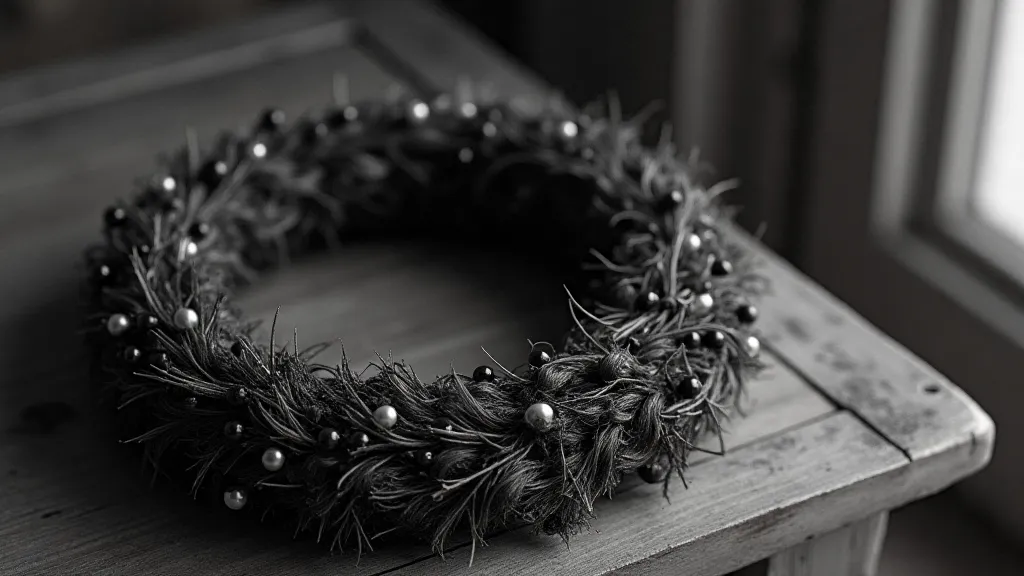
Victorian hair art is more than just a relic of the past. It’s a powerful testament to the enduring human need to remember, to grieve, and to connect with those we have lost. These ephemeral threads, carefully woven into lasting tributes, offer a poignant glimpse into a society grappling with mortality and embracing the profound beauty of remembrance. They serve as a reminder that even in the face of profound loss, the human spirit can create something truly beautiful and enduring. The techniques used, the materials chosen, and the overall artistic expression all combine to create a unique and deeply moving form of memorialization, proving that even the most delicate of threads can weave together a legacy of love and remembrance.
